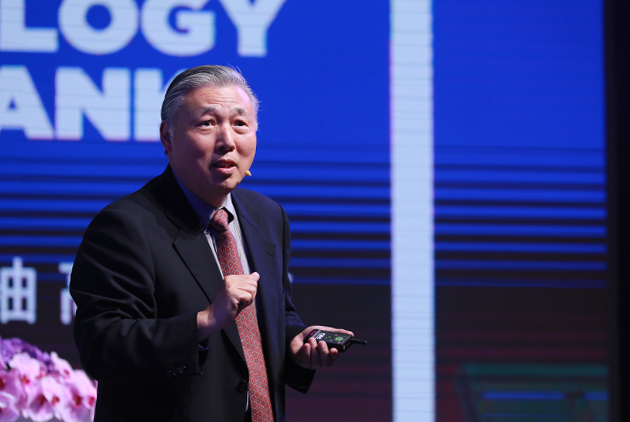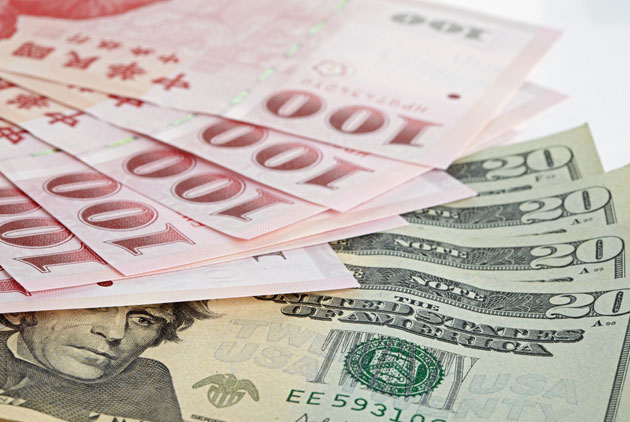The Rundown: ASE plans expansion in southern Taiwan

Source:CommonWealth Magazine
A bi-weekly snapshot of Taiwan business news stories brought to you by CommonWealth and AmCham Taipei’s TOPICS.
Views
The Rundown: ASE plans expansion in southern Taiwan
By CommonWealth/AmCham Taipei’s Taiwan Business TOPICSweb only
ASE plans expansion in southern Taiwan
On December 16, semiconductor packaging and testing giant ASE, along with Chunghwa Telecom and major wafer producer Qualcomm, announced at a press conference that they would begin construction on the world’s first 5G mmWave smart factory. It will also constitute the first small cell 5G enterprise network to be used by a Taiwanese firm.
ASE’s chief executive officer Tien Wu said that he does not rule out the possibility of all 18 of the company’s smart factories someday running on 5G. In 2021, ASE plans to invest NT$94 billion, hire 8,600 workers, add seven new smart factories to its operations, and break ground on a third Kaohsiung campus. The new factories will all incorporate a 5G concept from the early stages of their design.
In the new 5G-powered factories, maintenance personnel will not need to enter the facility and can instead use AR glasses to maintain equipment remotely. Alternatively, automated guided vehicles (AGV) can transport components, using AI and big data analysis to complete surveillance circuits of the factory.
Local Taiwanese partners in ASE’s new expansion include Sercomm, who will provide small cell base stations, and Altek Corporation, who will supply smart vision solutions. The company has also sought to partner with Nuwa Robotics, Compal Electronics, Acer, AI startup team DT42, and Taiwan Drone 100.

Foxconn’s Mexico operation hit by ransomware
Hon Hai Precision Company, known outside of Taiwan as Foxconn, was the target of a ransomware attack in recent weeks, the latest in a line of Taiwanese tech companies to be targeted by hackers. The list includes fellow contract manufacturer Compal Electronics and industrial PC company Advantech.
According to a December 7 report on the tech news site Bleeping Computer, Foxconn’s Mexico factory was hit by a ransomware attack on November 29. The perpetrators, revealed to be the hacker group DoppelPaymer, demanded a ransom of US$34 million.
The report noted that Doppelpaymer hackers encrypted 1,200 servers at Foxconn’s North America operations, taking 100 GB of unencrypted files and deleting 20-30 TB of backup data. The group’s ultimatum for Foxconn is 1,804 BTC (approximately US$34.5 million) in exchange for the encrypted hardware. Foxconn confirmed the attack, but stated that the impact to the company’s overall operations was not severe.
Compal this November began experiencing issues with its office automation (OA) system. After a rush repair, it was eventually able to restore normal operations and production was not affected. Advantech was also the victim of a ransomware attack in November, with hackers demanding a ransom of US$14 million. The company confirmed that a limited number of OA servers were hit, but said that the majority of data stolen was low-value office documents.
Ransomware attacks have been intensifying in recent years, with most being targeted at specific companies or organizations. Hackers generally demand bitcoin payments as ransom.
Liu Chia-ming, section chief of the cybersecurity investigation division at the Ministry of Justice’s Investigation Bureau, noted at a conference in early 2020 that of the major cybersecurity cases the IB has investigated recently, ransomware was the most frequently used weapon of attack. He also indicated that the number of domestic companies that have paid ransoms to hackers is very high.

Taiwan added to U.S.’ currency manipulator watchlist
The U.S. Department of the Treasury on December 16 released its semiannual Report on Macroeconomic and Foreign Exchange Policies of Major Trading Partners of the United States. The report named Vietnam and Switzerland as currency manipulators, while Taiwan, China, Japan, Singapore, Thailand, India, and several other economies were added to the department’s watchlist.
Taiwan’s return to the currency manipulator watchlist comes three years after it was removed in April 2017. The Treasury Department said that Taiwan should allow the New Taiwan Dollar (NTD) to appreciate and absorb its long-running large current account surplus.
The U.S. has three criteria for determining whether a country constitutes a currency manipulator. The first is that it maintains a trade surplus with the U.S. of US$20 billion or more. Secondly, it has a current account surplus of more than 2% of its GDP; and thirdly, it has unilaterally intervened in currency markets for at least six months. The U.S. says that Taiwan currently meets the first two of these criteria.
The report stated in its explanation of Taiwan’s economic performance that, compared to many other economies, Taiwan’s swift, effective handling of the COVID-19 pandemic has allowed it to mitigate economic losses. However, by allowing its currency to appreciate, it has in effect reduced its enormous external surplus.
The Treasury Department noted that due to the pandemic, many currencies have been devalued. Yet the NTD kept climbing in the first half of this year, appreciating 3% by October. It said that it welcomes recent efforts by Taiwan adopt more transparent procedures regarding its currency valuation.
Have you read?
♦ Apple Supply Chain Disrupted by Novel Coronavirus, Expediting the Flight of Foreign Investment from China
♦ SEMI: The U.S. should work with China as a competitor, not an enemy
♦ TSMC Helps Water-Starved Taiwan Develop Smart Irrigation
Translated by Jeremy Olivier, AmCham
Edited by Kwangyin Liu
Uploaded by Penny Chiang






